I will confess I was seduced by Amazon Prime Day. And I could end the article here, but that’s not the full story. The fact is that I have been seriously considering adding the DJI Mini 3 Pro to my kit for a while. The cost was an obvious factor holding me back, especially as I already have a very capable drone.
If you have followed my drone journey for a while, you will know that I have had a few. It started in 2017 with a DJI Phantom 3 4k. A year later, I upgraded to the Phantom 4 Pro. That got donated to the Ukrainian military when my wife and I had to leave Ukraine.
Last year I purchased the DJI Air 2S with Smart Controller. It is a brilliant drone with the same sized sensor as the Phantom 4 Pro in a much more compact and technologically advanced package. The image and video quality were superb, more than matching my needs for stock.
So why do I need the DJI Mini 3 Pro, I hear you ask. Well, it’s all to do with weight or lack of it.
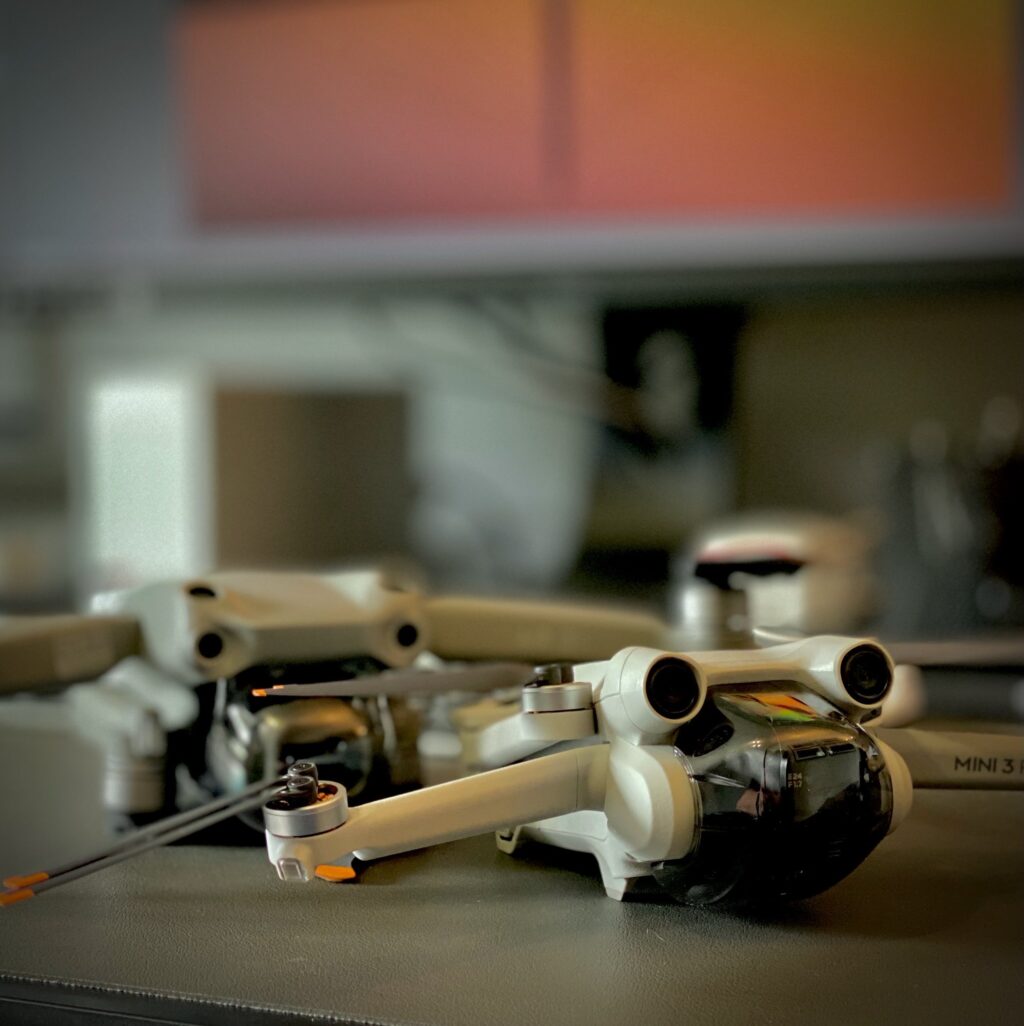
Restrictions, Restrictions, Restrictions
As many of you may know, I have taken UK CAA qualifications in drone flight. First, in 2018, the PFCO, Permission For Commercial Flight. As technology moved on, that became obsolete, so in 2022, I took the A2CofC. This allowed me similar permissions as the older PFCO.
However, for any drone over 250g, those permissions are still quite hard. The primary concern is that you cannot take off or fly within 50m of people. You can also not fly over uninvolved people in built-up areas if the drone is over 500g. The Air 2s is 590g. This would make flying in an urban area very difficult as you would find it hard to find locations without people.
However, below 250g, the rules are different. Let me explain.
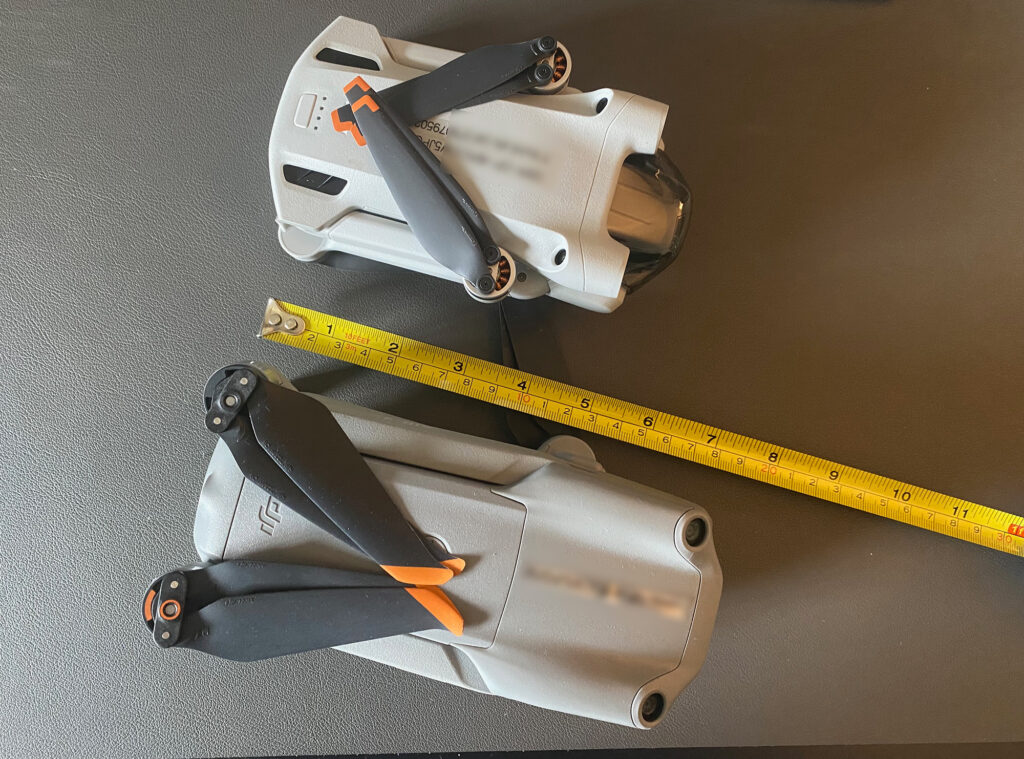
The DJI Mini 3 Pro Sub 250g Drone
In many countries, sub 250g drones have significantly reduced restrictions. In the UK, whilst the VLOS (Visual Line of Sight) and 120m height restriction are still in play, the need for separation from uninvolved people is not. The only restriction here is you are not allowed to fly over large gatherings of people, such as festivals or stadiums. Obviously, you still have to adhere to local airspace restrictions, but the DJI Mini 3 Pro will be able to fly in city centers during quiet times. That alone dramatically increases the options for commercially viable stock footage. The simple fact is that the DJI Mini 3 Pro opens up a huge number of locations that would not be available to me with the DJI Air 2S.
It would seem that in many respects, DJI has taken a leaf out of the late Lotus founder, Colin Chapman, who famously said – “simplify, then add lightness”.
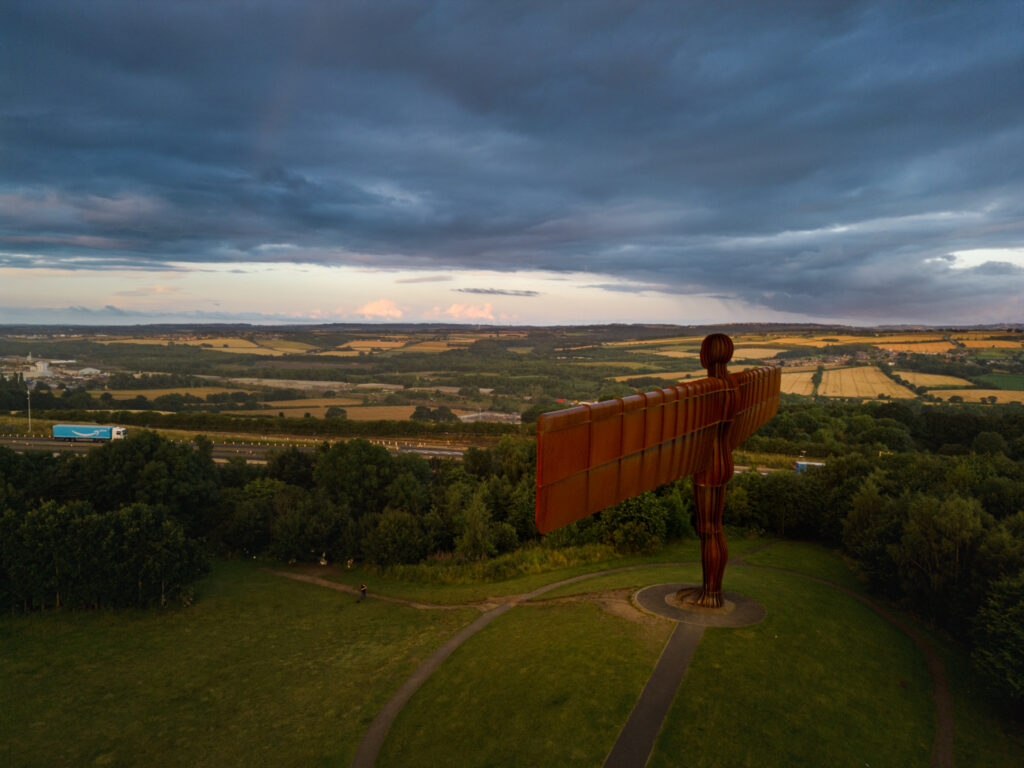
Why The Hesitation Then?
Obviously, cost is always a major consideration. The Mini 3 Pro whilst nowhere near the price of my old Phantom 4 Pro, is still significantly more expensive than the previous Mini versions. Then there is the controller. I have the older DJI Smart Controller, and this is not compatible with the DJI Mini 3 Pro. One of the reasons I have been waiting is to see if DJI would add compatibility, but they haven’t. There is, however, a caveat.
You can buy the DJI Mini 3 Pro with their new RC controller. This is a built-in screen-based unit very similar to my old Smart Controller. A few months ago, DJI released a firmware that allowed the new controller to work with my Air 2S. This means I can sell the smart controller and just use the DJI RC for both drones. The Smart Controller is slightly better in terms of screen brightness. However, it uses an older connection technology than both the Mini 3 and Air2S use, so there is a distinct advantage to the newer RC. There is very strong demand for the Smart Controller on the secondhand market, meaning I can get £200-300 back on my investment. Add in the substantial £200 saving I got through Amazon Prime, and the whole purchase begins to make a lot of sense.
I cannot deny that I went for a very long walk before hitting the purchase button. Although I had planned to get the DJI Mini 3 Pro, it was a much longer-term plan.
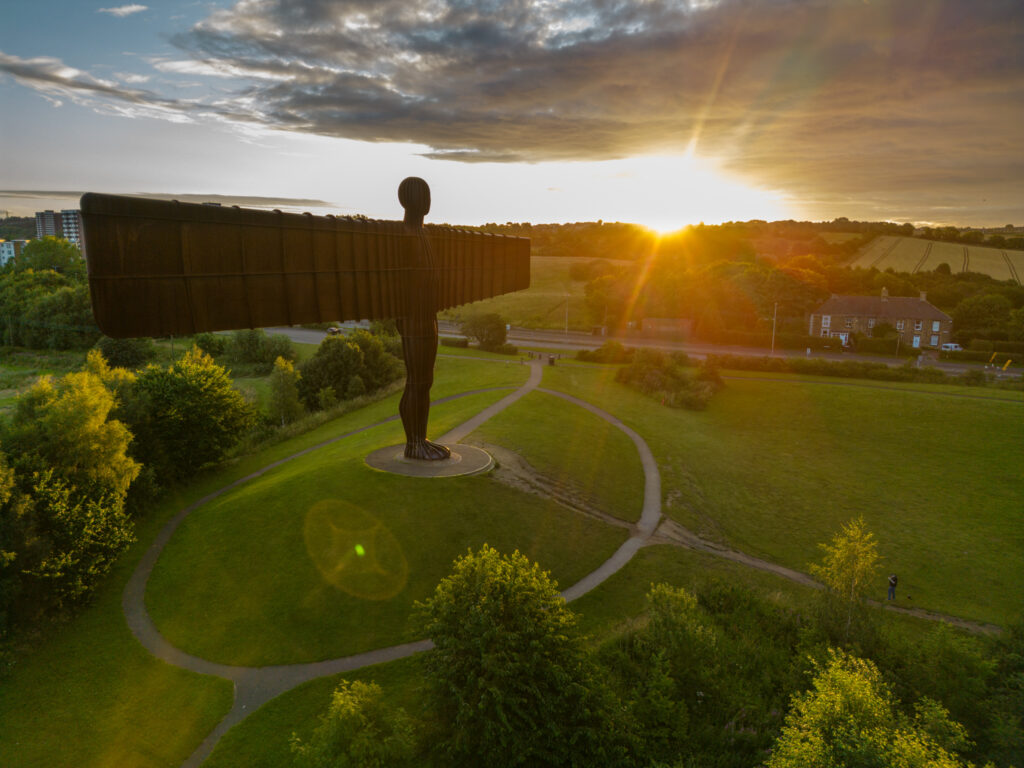
What Does The DJI Mini 3 Pro Bring Me?
Beyond the sub 250g advantages, there is not much to compare between the DJI Mini 3 Pro and the Air 2S. That’s actually a good thing. Although the Mini 3 Pro has a smaller sensor than the Air 2S, it makes up for that by having a wider aperture, meaning low light capability is broadly similar.
The DJI Mini 3 Pro does not have the Air 2S’ 5.2k resolution. However, I only ever shoot at 4k, so that’s not an issue. The Mini 3 Pro has the ability to switch the gimbal to portrait mode, a big bonus for social media content. It lacks the Dlog color mode of the Air 2s but still has Cinelike D as its flat color profile. Both have a respectable 150 Mbps bitrate.
The Mini 3 Pro claims to have a 48mp still capability, but in reality, this is a bit of a hack using a quad-Bayer filter.
In real word scenarios, there is unlikely to be any huge difference in image quality between the DJI Mini 3 Pro and the Air 2s. For my purposes as a stock content producer, both are more than capable machines.
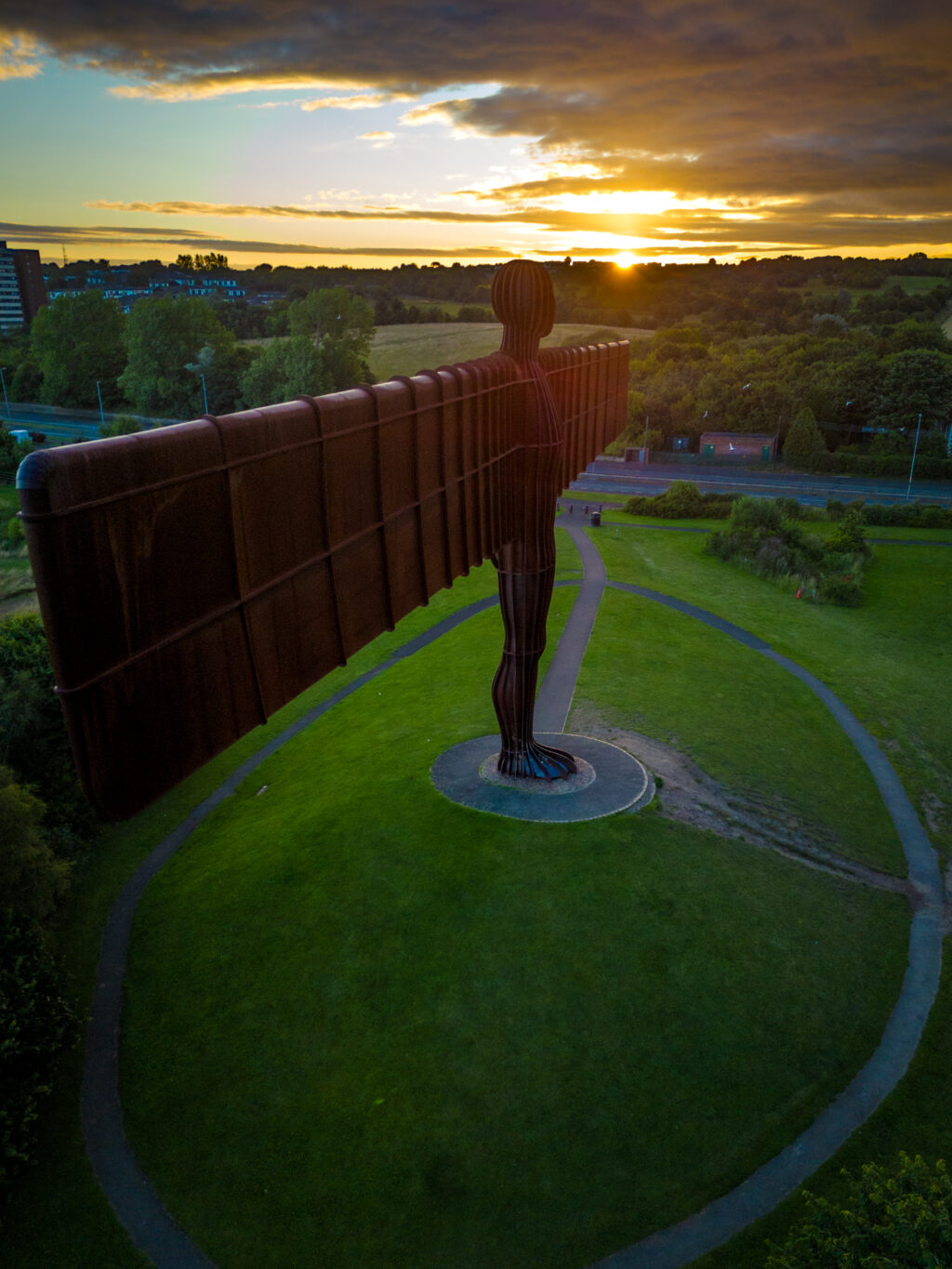
Summary
What can I conclude from this article? First and foremost, buying the DJI Mini 3 Pro was by no means a rash, GAS-inspired purchase. It was something that had been considered over the last 6 months as a way to access many more suitable stock locations.
Secondly, if you can take advantage of a great photography deal, do it. If you have done extensive research, you will know what price that the product normally retails at. Sometimes it is well worth waiting around for the right deal; however, sometimes that deal may never come.
Avoid jumping in on a deal for something you have not researched well. Amazon and others sometimes inflate prices just before a sale to give the impression of a better deal. In the UK, we have the rather wonderful Camera Price Buster site, which tracks equipment prices and can also show you their historic prices. That way, you know if you are getting a good deal.
In terms of the DJI Mini 3 Pro, I have now received it and used it. Further testing is needed, but if the image quality is close enough to the Air 2s, I may end up selling the latter. After all, you can only fly one drone at a time; that’s a restriction for you.
Further Reading:
Light Stalking https://ift.tt/2sYialM
Sourced by Time Trap Photography sharing the best photography tips, news and tricks throughout the industry. Time Trap Photography is dedicated to freezing those special moments in life that can be revisited and admired for generations to come. - Shannon Bourque
Please visit our main site for booking availability and rates.

Receive valuable industry knowledge delivered free to your email each day.






No comments:
Post a Comment
Thank you so much for your comment. A moderator will review and approve all relevant posts. We appreciate your support and encourage you to stay with us by subscribing to our email updates. Where you can easily pick and choose what photography subjects interests you. Subscription link: http://bit.ly/photo-sub